Disclosure: This article contains affiliate links. We may earn a commission from purchases at no extra cost to you, which helps our travel content.
The first time I stepped into Gwangjang Market, Seoul's sensory explosion hit me like the opening sequence of a Miyazaki film – vivid colors, enticing aromas, and a symphony of sizzling sounds. My 10-year-old son Jayden tugged at my sleeve, wide-eyed at the endless food stalls stretching before us. 'Dad, it's like that food animation we watched, but real!' he whispered. He wasn't wrong. After years of animating fantastical worlds, I've discovered that Seoul's culinary landscape is the closest thing to magic you can actually taste. This spring marked our third visit to South Korea's capital, a city that's become our favorite food destination. Whether you're slurping handmade noodles from a century-old stall or savoring delicate bites at a Michelin-starred restaurant, Seoul frames each meal as a perfect scene – composition, color, and character all in harmony. So grab your chopsticks (or as Jayden calls them, 'food wands') and join us for a week-long feast through one of Asia's most delicious cities.
Street Food: Seoul's Delicious Opening Act
Every great story needs a compelling first act, and Seoul's street food scene delivers with the energy of a perfectly storyboarded chase sequence. Gwangjang Market remains my favorite starting point – it's authentic, unpretentious, and absolutely electric with energy.
On our first morning, Jayden and I made a beeline for the bindaetteok (mung bean pancakes) stalls. 'These are like Korean power-up discs,' Jayden declared after his first bite of the crispy, savory pancake. The vendor – a woman who could've been anywhere from 60 to 90 years old – laughed heartily when I translated, then slipped an extra pancake onto our plate with a wink.
Two stalls over, we discovered what's become our market ritual: watching the 'tteokbokki masters' (as we call them) rhythmically stirring massive vats of chewy rice cakes in bright red gochujang sauce. The process is hypnotic – like watching a perfectly looped animation cycle.
Mangwon Market offers a slightly less touristy alternative. Here, we stumbled upon an elderly couple making hotteok (sweet filled pancakes) using the same wooden press they've apparently used for decades. The cinnamon-sugar filling creates this perfect golden caramel as it cooks – a food animator's dream sequence.
Don't miss Myeongdong at night, when the shopping district transforms into a street food paradise. Jayden's eyes nearly popped out of his head – cartoon-style – at the rainbow swirl of cotton candy larger than his entire upper body. My personal weakness? The cheese-filled grilled lobster tails that make for the perfect walking snack as you browse the stalls.
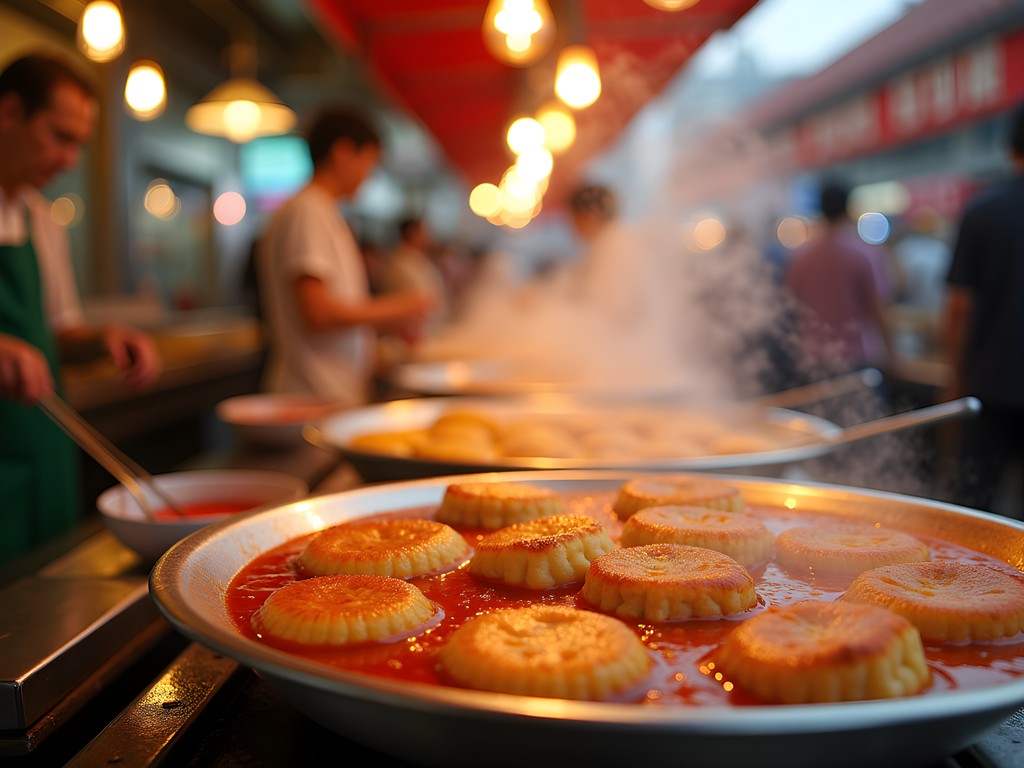
💡 Pro Tips
- Visit markets during lunch hours (11:30am-1:30pm) when everything is freshly made and stalls are fully operational
- Bring cash in small denominations – most street vendors don't accept cards
- Look for stalls with lines of locals – they know where the good stuff is
The Art of Korean Barbecue
If street food is Seoul's opening act, Korean barbecue is the spectacular main event – a performance where you're both audience and participant. After three visits to Seoul, I've developed what Jayden calls my 'BBQ director mode,' where I apparently narrate the entire experience like I'm blocking a scene.
'Notice the composition here,' I found myself telling a bemused couple at the next table at Maple Tree House in Itaewon. 'The meat is the protagonist, but the banchan (side dishes) provide essential character development.' They laughed, but then admitted they'd never thought about Korean barbecue quite that way before.
For the uninitiated, Korean BBQ is an interactive dining experience where you grill marinated meats at your table, accompanied by numerous small side dishes. The quality of meat in Seoul is exceptional – particularly the hanwoo beef, Korea's answer to Japan's wagyu.
Majang Meat Market offers an authentic experience where you can select raw cuts from butchers, then take them to nearby restaurants to cook. We discovered this gem on our second trip, and it's become our special father-son tradition. Jayden calls it 'choose your own adventure dining.'
For a more upscale experience that won't destroy your budget, Samwon Garden in Gangnam serves incredible barbecue in a beautiful traditional setting with garden views. Their marinated galbi (short ribs) achieves that perfect balance of sweet, savory, and smoky that haunts my dreams between visits.
After much trial and error, I've found that the meat tongs are essential for properly cooking Korean BBQ at home. They give you the control you need to flip those thin slices of beef without mangling them – something I learned the hard way during my first attempts to recreate Seoul's magic in my Atlanta kitchen.
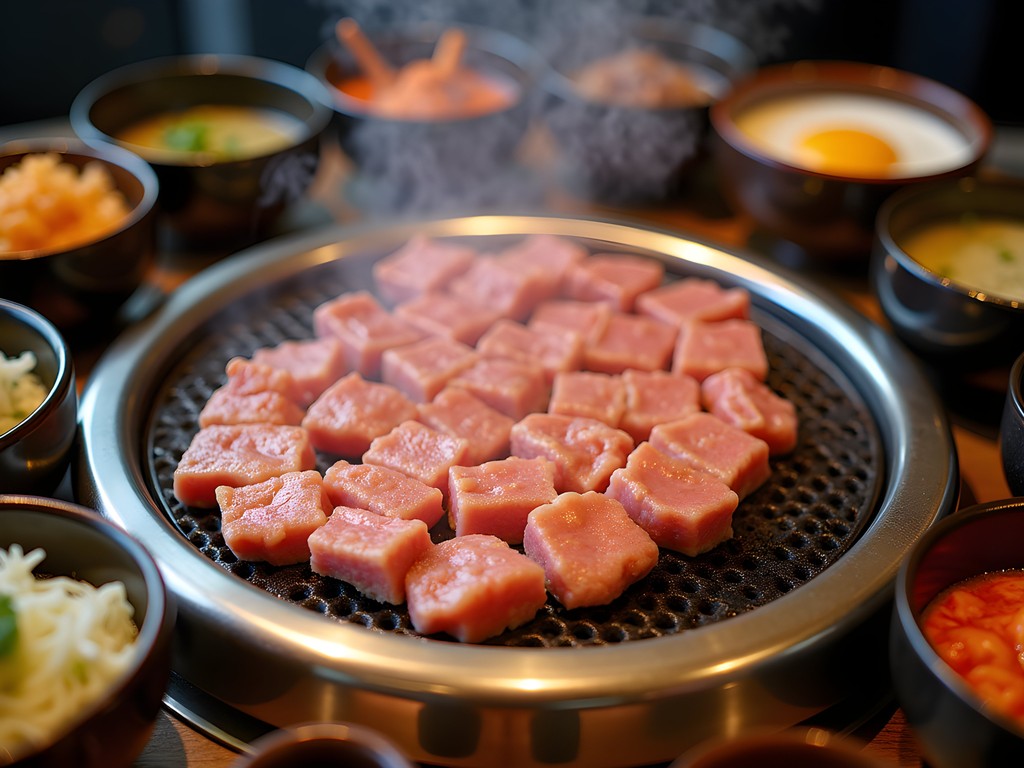
💡 Pro Tips
- Make reservations for popular BBQ restaurants, especially on weekends
- Ask for guidance if you're unsure about cooking times – staff are usually happy to help
- Save room for naengmyeon (cold noodles) – the traditional finish to a Korean BBQ meal
Temple Food: Korea's Mindful Cuisine
Between the sensory overload of street markets and the theatrical performance of Korean BBQ, Seoul offered us an unexpected culinary intermission: temple food. This centuries-old Buddhist tradition emphasizes mindfulness, seasonality, and plant-based ingredients – a refreshing contrast to the city's more boisterous dining experiences.
'Dad, this is like when we slow down the animation to make people really notice something important,' Jayden observed during our meal at Balwoo Gongyang, a Michelin-starred restaurant specializing in temple cuisine. Smart kid.
Temple food avoids the 'five pungent vegetables' (garlic, scallions, leeks, onions, and chives) believed to disturb meditation, yet the flavors are remarkably complex. Each dish at Balwoo Gongyang arrived like a carefully composed scene – mushroom fritters arranged like fallen autumn leaves, fermented wild greens in delicate ceramic bowls, pine needle tea served with quiet ceremony.
For a more immersive experience, we joined a temple food cooking class at the Korean Temple Food Center in Insadong. The monk who led our session moved with such deliberate grace that Jayden whispered, 'She's like a real-life slow-motion sequence, Dad.' We learned to make songpyeon (half-moon rice cakes) and mushroom jeon (savory pancakes), with the monk gently correcting our clumsy attempts.
What struck me most was how temple food celebrates the natural colors and textures of ingredients – something my animator's eye deeply appreciated. No artificial food coloring here; instead, vibrant purples from shiso leaves, sunny yellows from pumpkin, and forest greens from wild mountain vegetables created a palette that any art director would approve.
I've since incorporated aspects of temple food philosophy into our meals back home, using my mortar and pestle to make the same sesame salt we learned about in Seoul. The ritual of grinding the ingredients by hand connects us to that sense of mindfulness we experienced in Korea, even when we're thousands of miles away.
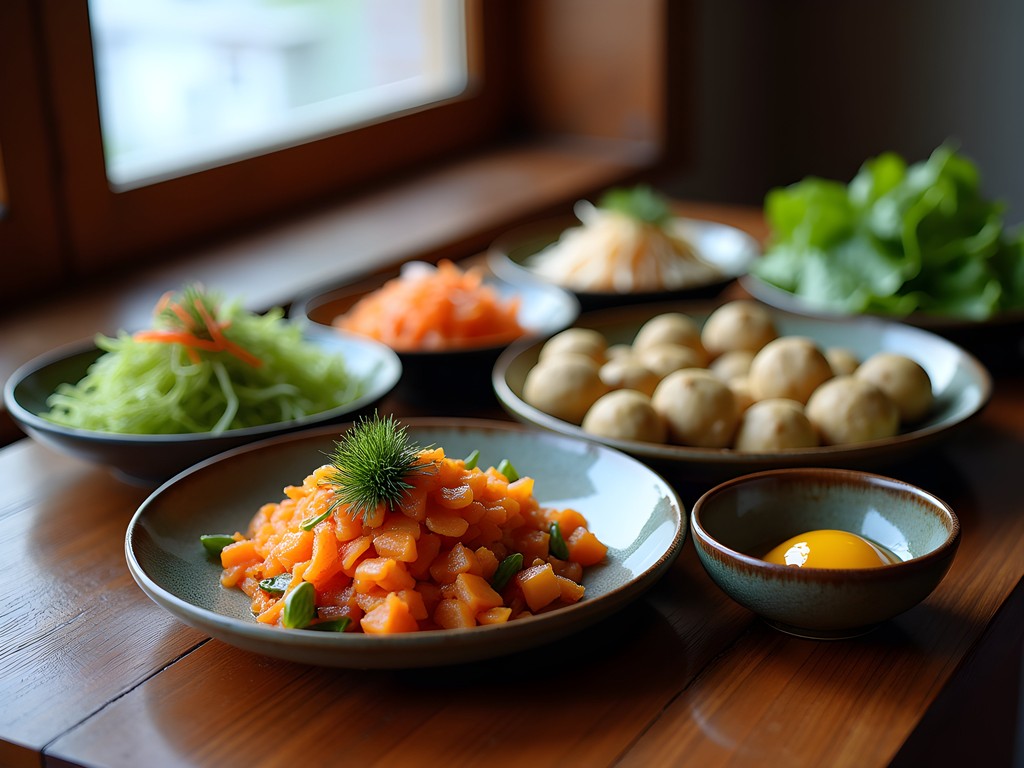
💡 Pro Tips
- Make reservations for Balwoo Gongyang at least a week in advance
- Check the Korean Temple Food Center's website for English-language cooking classes
- Be prepared to sit on floor cushions for traditional temple food experiences
Seoul's Cafe Culture: Not Just About Coffee
In the storyboard of a perfect day in Seoul, cafe scenes provide essential transitions between bigger food adventures. But these aren't just pit stops for caffeine – Seoul's cafe culture is a remarkable universe unto itself, where visual presentation often rivals flavor in importance.
'It's like they're all competing for who can make the most screenshot-worthy drink,' Jayden observed as I photographed an elaborately layered strawberry latte at C.Through Cafe in Itaewon, where the barista had somehow created a detailed drawing of a teddy bear in the foam.
Seoul's themed cafes range from merely cute to gloriously bizarre. We spent a delightful afternoon at the Meerkat Cafe in Hongdae, where – yes – actual meerkats and other small creatures roam while you sip overpriced but decent coffee. 'This is better than the zoo,' Jayden declared as a raccoon investigated his shoelaces.
For something more sophisticated, the traditional tea houses in Insadong offer a glimpse into Korea's historic drinking culture. At Dawon, we sat cross-legged on floor cushions while sampling flower teas served in handcrafted celadon pottery. The omija berry tea – simultaneously sweet, sour, salty, bitter, and pungent – created what animators would call a 'taste transition,' each flavor morphing into the next.
My personal favorite remains Fritz Coffee Company, housed in a renovated shoe factory in Mapo-gu. Their pour-over is exceptional, but it's the atmosphere that keeps me coming back – exposed brick, vintage furniture, and a quiet courtyard that feels miles away from Seoul's intensity. I've spent hours here with my travel sketchbook, drawing inspiration from both the cafe's architecture and the stylish Seoulites around me.
Don't miss Seoul's newest trend: dessert cafes specializing in elevated versions of traditional Korean sweets. At Sulbing, the bingsu (shaved ice dessert) arrives as a towering sculpture of fluffy snow topped with fresh fruit, condensed milk, and rice cake pieces – a frozen monument that Jayden and I race to devour before it melts.
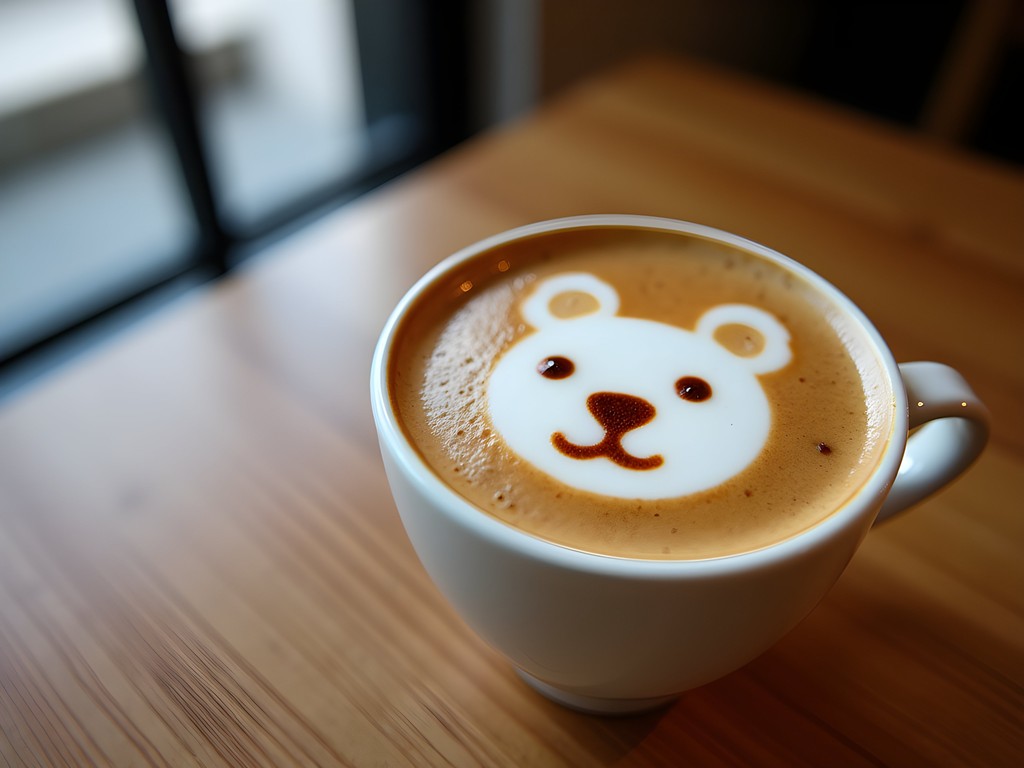
💡 Pro Tips
- Visit cafes during off-peak hours (2-5pm) to avoid crowds and get better photos
- Many themed cafes have entrance fees or minimum order requirements
- Try traditional Korean teas like yujacha (citron) or jujube tea instead of coffee
From Street Stalls to Stars: Seoul's Michelin Experience
The beauty of Seoul's food scene is its remarkable range – from humble pojangmacha (street food tents) to restaurants with coveted Michelin stars, often within blocks of each other. For our last night in Seoul this spring, I surprised Jayden with what I billed as our 'fancy finale' – a reservation at Mingles, Chef Mingoo Kang's two-Michelin-starred temple to contemporary Korean cuisine.
'Dad, I feel like I'm in one of those cooking competition shows,' Jayden whispered as our first course arrived – a delicate jeon (pancake) topped with seasonal spring vegetables and flowers that looked more like a painting than food.
What makes Seoul's fine dining scene special is how it honors traditional Korean flavors while presenting them through a modern lens. At Mingles, the signature dessert features dolsot (stone pot) bingsu, a sophisticated take on the shaved ice dessert we'd enjoyed at casual cafes earlier in the trip. The familiar becomes extraordinary through technique and presentation.
For those seeking Michelin experiences without the hefty price tag, follow the Bib Gourmand listings. Gwangjang Market's Yuhalmeoni Jjukkumi, a tiny stall specializing in spicy octopus, earned this distinction for its outstanding food at reasonable prices. Watching the elderly proprietor deftly handling sizzling octopus tentacles is like witnessing a master animator bringing a character to life – each movement precise and purposeful.
Perhaps most emblematic of Seoul's democratic food culture is Mokyo, the modest noodle shop where Chef Jong Guk Bae earned a Michelin star for his handmade kalguksu (knife-cut noodles). We waited 40 minutes in line, then slurped these perfect noodles at a simple counter while the chef worked his magic just feet away.
To capture these experiences, I've been using my travel camera rather than just my phone. The low-light performance has been crucial for documenting Seoul's dimly-lit restaurant interiors without disrupting the ambiance with a flash. Jayden has become my self-appointed 'food cinematographer,' framing shots that genuinely capture the artistry of each dish.
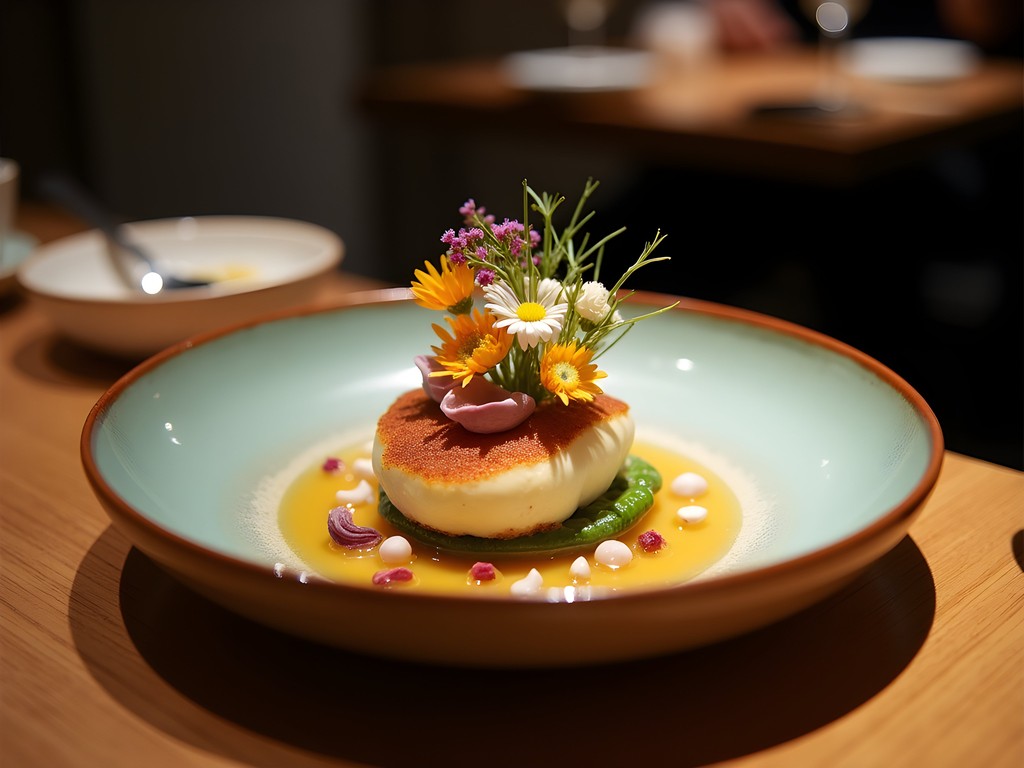
💡 Pro Tips
- Book Michelin restaurants at least a month in advance through your hotel concierge
- Opt for lunch tasting menus which are often half the price of dinner
- Don't overlook Bib Gourmand establishments – they offer exceptional value
Final Thoughts
As our flight lifted off from Incheon International Airport, Jayden pressed his face against the window for one last look at the city that had filled our bellies and hearts. 'Dad, can we make a Seoul food animation when we get home?' he asked. I smiled, knowing exactly what he meant – our week of eating through Seoul had unfolded like the perfect animated sequence, each meal a frame in a beautiful culinary story.
From the humble bindaetteok at Gwangjang Market to the artistic creations at Mingles, Seoul offers an edible storyboard of Korean culture that satisfies all senses. The city taught us that great food isn't just about taste – it's about context, tradition, and the people who bring it to life. Whether you're a dedicated foodie or simply someone who enjoys a good meal, Seoul deserves a prominent place on your culinary bucket list. Just bring your appetite, your sense of adventure, and maybe some stretchy pants. As they say in Korea before a meal: 'Jal meokkesseumnida!' – I will eat well!
✨ Key Takeaways
- Seoul offers incredible food diversity at all price points – from Michelin stars to street food stalls
- Spring is ideal for visiting, with seasonal ingredients and comfortable temperatures for market exploration
- Learning basic Korean food terms enhances the experience and helps navigate menus
- Don't overschedule – allow time between meals to digest both the food and the experience
📋 Practical Information
Best Time to Visit
Spring (April-May) or Fall (September-October)
Budget Estimate
$75-150 per day for food, depending on restaurant choices
Recommended Duration
5-7 days
Difficulty Level
Intermediate

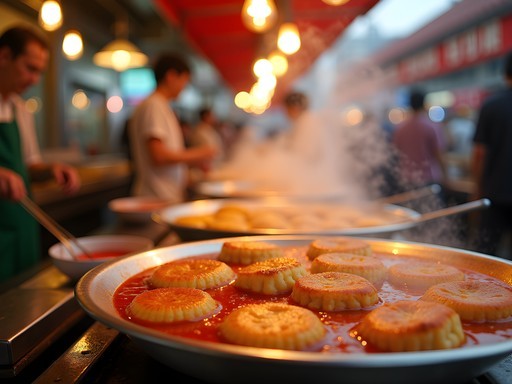
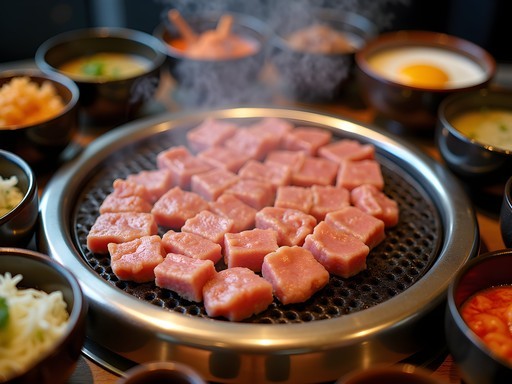
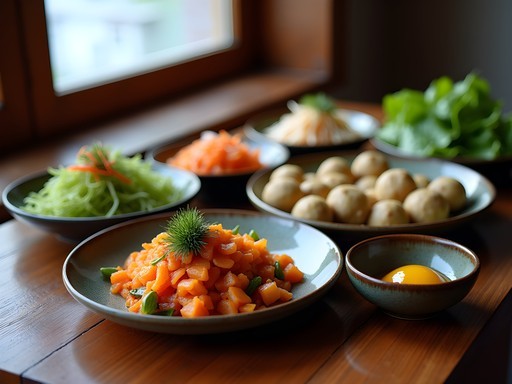
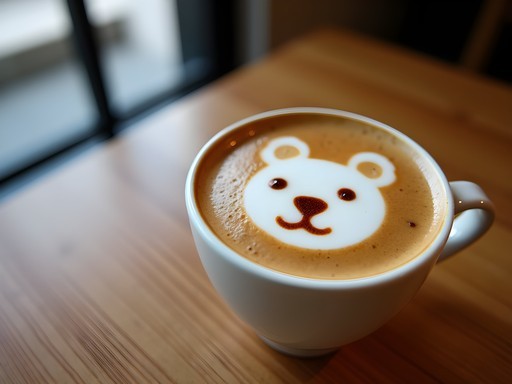
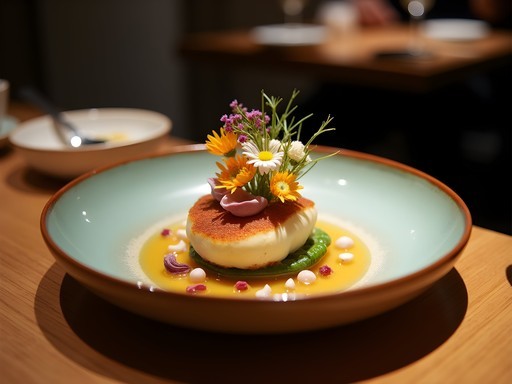



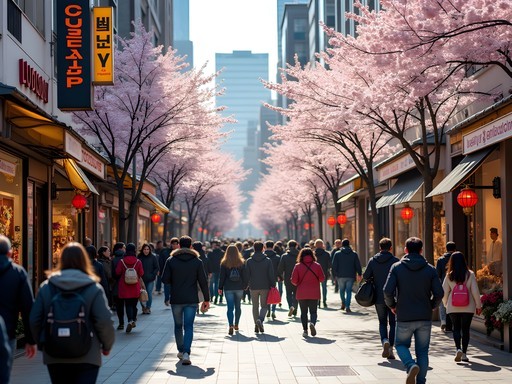
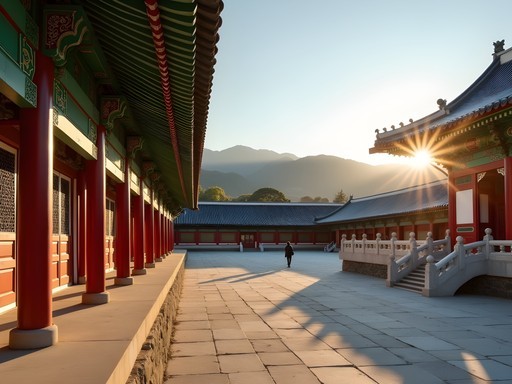
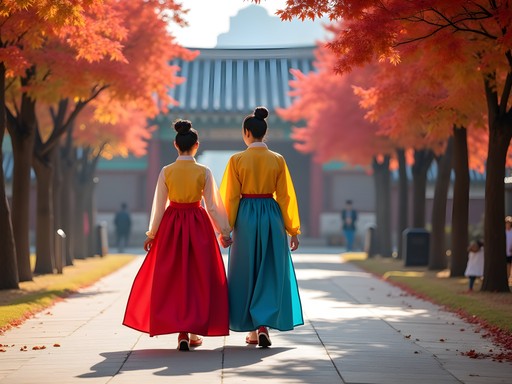



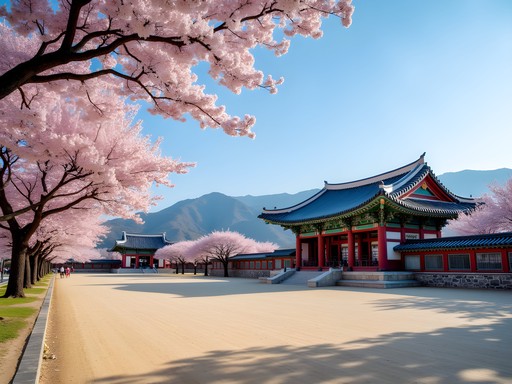
Comments
Douglas Bradley
Excellent breakdown of Seoul's culinary landscape, Ethan. What fascinates me about Korean food culture is how it balances tradition and innovation. I spent three weeks researching food markets across Korea last year, and found Seoul's hierarchy of dining experiences particularly interesting - from humble pojangmacha stalls to high-end hansik restaurants. I'd add that timing matters enormously when visiting markets like Gwangjang; early afternoon tends to be less crowded but still lively. For anyone planning a visit, I found this food guide incredibly helpful for identifying regional specialties within Seoul's different districts. Did you notice significant regional influences in Seoul's restaurant scene?
Ethan Parker
Great point about timing, Douglas! And yes, we definitely noticed regional influences, especially Jeolla-style cuisine which seems to be having a moment in Seoul right now. There were several restaurants highlighting southern Korean specialties.
islandwalker
That tteokbokki looks incredible! Definitely on my list.
sunsetmaster
I'm heading to Seoul next month and I'm a bit overwhelmed by all the food options. What's the one street food I absolutely shouldn't miss?
Ethan Parker
Definitely try hotteok (sweet pancakes with brown sugar and nuts inside) - perfect for cold days! And bindaetteok (mung bean pancakes) at Gwangjang Market is a must.
sunsetmaster
Thanks so much! Adding those to my list right now!
dreamstar
Great post! I'm heading to Seoul next month with my teenage kids. Any specific street foods you'd recommend that might appeal to picky eaters?
roamnomad
Not Ethan, but my teens LOVED the Korean fried chicken and hotteok (sweet pancakes with brown sugar and nuts inside). Can't go wrong with those!
dreamstar
Thanks for the suggestions! Anything sweet will definitely win them over.
Amit Sullivan
Your post brought back so many memories of my time in Seoul last year! That sensory overload at Gwangjang Market is something else, isn't it? I remember an elderly woman at a bindaetteok stall who insisted I sit and try her mung bean pancakes. She spoke no English, I spoke no Korean, but we communicated through the universal language of food appreciation! I'm particularly intrigued by your section on temple food - I only experienced it once at Jogyesa Temple, but the simplicity and mindfulness of that meal stayed with me for weeks afterward. Did you find it challenging to locate authentic temple cuisine?
Ethan Parker
Thanks for sharing that beautiful market moment, Amit! Those connections are what make travel so special. And yes, temple food was tricky to find! We actually booked a guided experience at Bongeunsa Temple that included a meal. Worth planning ahead for that one.
Stephanie Romano
Your post brought back so many memories of our family trip to Seoul last year! My kids were initially hesitant about street food, but by the end of the trip, they were begging to go back to Gwangjang for more tteokbokki. We also discovered this tiny restaurant near Bukchon Hanok Village that served the most amazing bibimbap I've ever tasted. The owner didn't speak much English but treated my children like her own grandkids. That's what I love most about food travel - the connections you make despite language barriers!
adventurelover
Did your kids try the live octopus? My nephew was both terrified and fascinated by it!
Stephanie Romano
Haha no way! I couldn't even get them to try the fish cakes at first. Maybe on our next visit when they're older!
wavequeen
OMG those photos from Gwangjang Market are making me HUNGRY! I'm planning my first trip to Seoul next spring and food is literally my top priority. Did you try those egg bread things? They look amazing!
Ethan Parker
Yes! The egg bread (gyeran-ppang) is a must-try! Super simple but so delicious, especially when it's fresh and hot from the griddle.
wavequeen
Thanks! Adding it to my list right now! 📝
luckyking
Gwangjang Market was my highlight in Seoul too! Those mung bean pancakes are life-changing!
coolexplorer
How did you handle the language barrier when ordering street food? Heading to Seoul next month and worried about pointing and smiling my way through every meal 😅
journeyking
Not OP but I downloaded Papago app for translation and saved pictures of foods I wanted to try. Most vendors in tourist areas know basic English food terms anyway. Just learn 'thank you' (kamsahamnida) and you'll be fine!
blueace
That cafe culture section speaks to my soul! I spent half my Seoul trip café-hopping in Seongsu-dong (the Brooklyn of Seoul). Those minimalist concrete interiors with perfect pour-overs... heaven! Did you try any of the dessert cafes? The bingsu at Sulbing changed my understanding of shaved ice forever.
Venture X
Premium card with 2X miles, $300 travel credit, Priority Pass